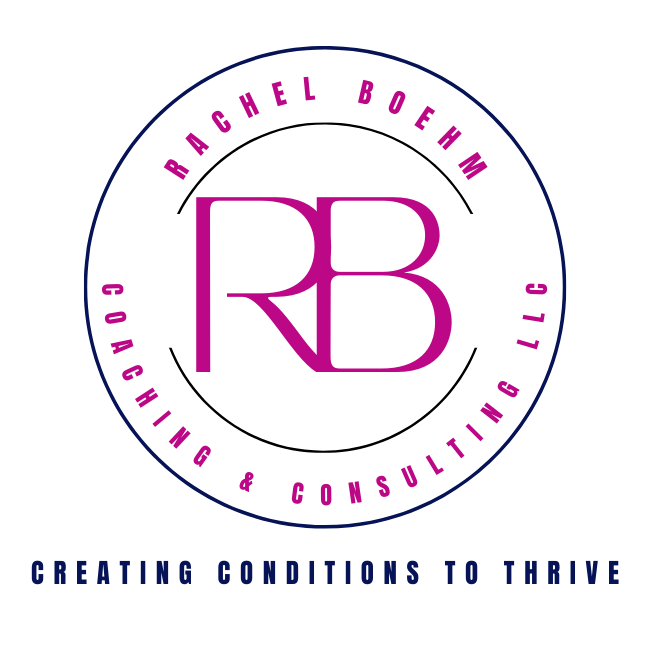It occurred to me that everything everyone does is driven by their attempt to feel safe.
Have you heard the term “homeostasis”? It’s basically the term for your body acting like Goldilocks. It’s how the body adjusts to external changes to maintain stability. For example, your body works to adapt to hot and cold temperatures, or to exercise regimens. It adjusts a range of chemical processes to feel optimal, or safe, in these new conditions.
It occurred to me that “psychological safety” is essentially mental homeostasis. You may have heard this term quite a bit lately due to the mental health effects of the past two years related to responses to the COVID-19 Pandemic and the general push to de-stigmatize mental health work.
Psychological safety and homeostasis are critical to understand, even at a rudimentary level, to achieve those New Year’s resolutions or goals that you’re contemplating. The goals will require you to make changes.
Change disrupts your body and mind’s sense of stability or safety, even changes that you think and say you want. When the initial excitement has worn off in pursuit of your goal, the discomfort starts to trickle in. Your mind and body start pushing back: “this is different”, “I don’t like different”, “this is uncomfortable”…etc.
You will start to come up with reasons (“excuses” if we’re being honest) to ease the discomfort and fall back into your prior state of homeostasis. You might tell yourself that you’re too tired, that you can’t do it, that you don’t deserve it, that it’s too expensive, that you don’t have time…
Sound familiar? You have probably given into these excuses in the past. I know I have.
INSTEAD OF EXCUSES
Instead of giving in this year, remember that your body and mind are incredibly adaptable. They will adapt to this new state of being if you continue to move through the discomfort and give them a chance to do so.
This is why it’s so important to set up routines while building new habits. It helps take the emotion out of the pursuit of the goal. Keeping the pursuit fun helps too!
So in moments when your excuses are strong, you can use the commitment to your routine to dial down the emotion and take continued action. Or crank up the fun to make it something you actually want to do again.
Take for example a new side business. You want to build it but the initial excitement has worn off and you’re feeling scared. You know you need to reach out to folks and tell people about it to help get the word out. But you’re scared of rejection. You’re scared because this is a new identity for you and it’s conflicting with your old vision of yourself. And you’re scared it will conflict with other people’s idea of who you are.
So you start telling yourself that you don’t have time, or that you don’t know anyone to talk to, or that you don’t know what to say.
Instead of giving into those, you can: schedule 10 minutes a day after breakfast and see how many people you can share with. You make it a game. The first day you message 2 people. The second day, you try to beat that, and message 4 people. And so on. It helps you adapt. You realize this isn’t so hard and your fears were overblown. Another example. Say you are starting a new skincare routine. You’ve never really used a skincare routine before and after the first week, you’re feeling kind of silly. Should you really spend time on this? Isn’t it self-indulgent? Do you really need to do this so regularly? You know the answer is yes, but “I’m just not the kind of person who…”
So instead you interrupt your mental chatter and say to yourself, “You used to not be the kind of person who used a skincare routine. But you are becoming the kind of person who does because you want the results (or want to start preventive aging strategies).” So you make it a game. How quickly can you do your routine each morning or evening?
When I was starting my routine for the first time, my goal was to do it in one commercial break. I realized very quickly that it didn’t take as long as I thought. I had plenty of commercials left. And that just shows you my age, haha! Maybe for you it’s while your coffee brews. Or while your favorite song plays.
BOTTOM LINE
Do what you need to do to make the discomfort phase as fun or emotionless as possible. There are several other goal achieving tactics that you can try as well. None of them will work, however, if you don’t first recognize that no matter what your approach, you will feel discomfort. And the only way to ease the discomfort while also achieving your goal is to move through it until you adapt.
In fact, instead of calling it the discomfort phase, try calling it the adaptation phase. Give yourself time to adjust to the new you this new year.


